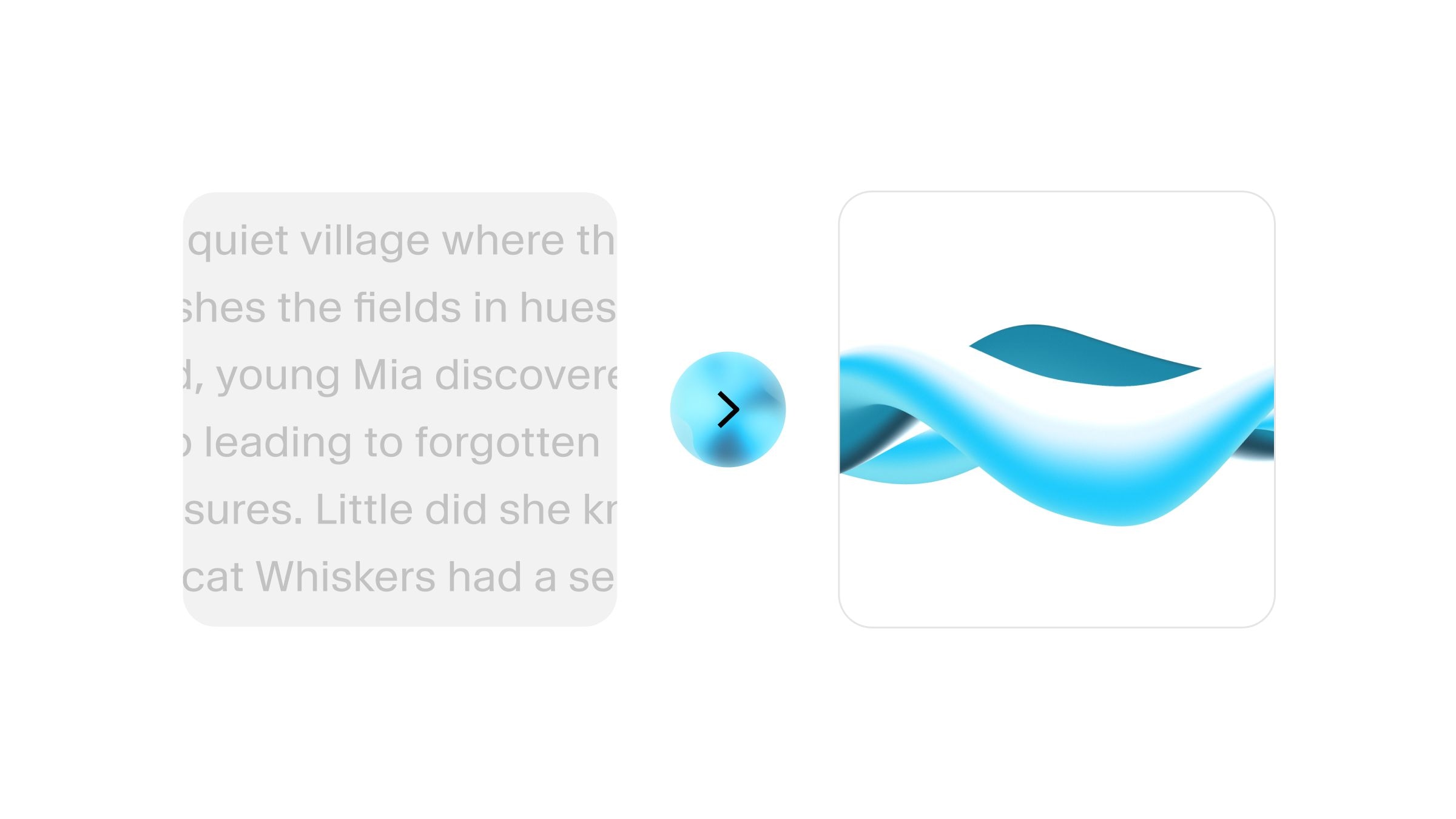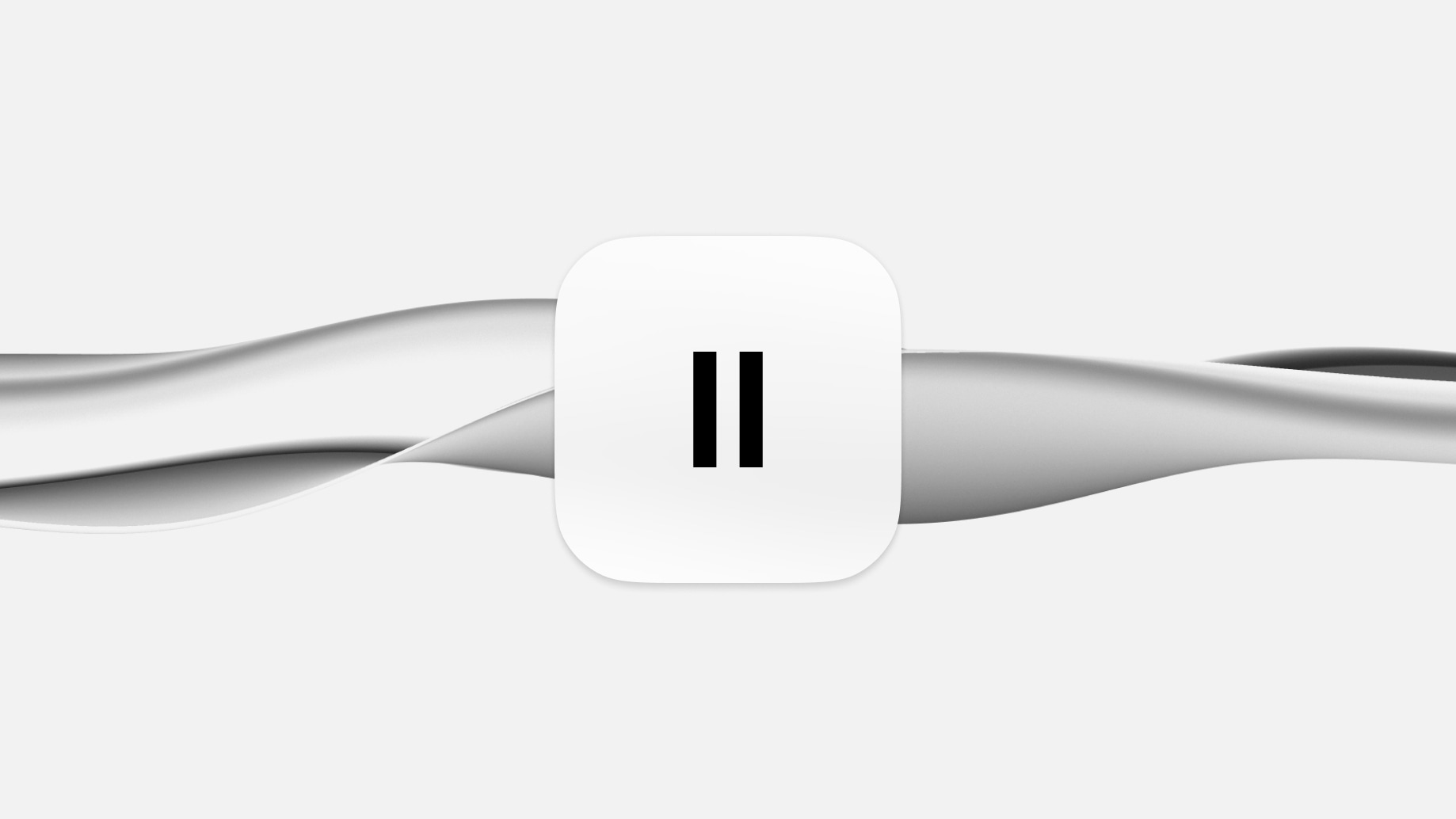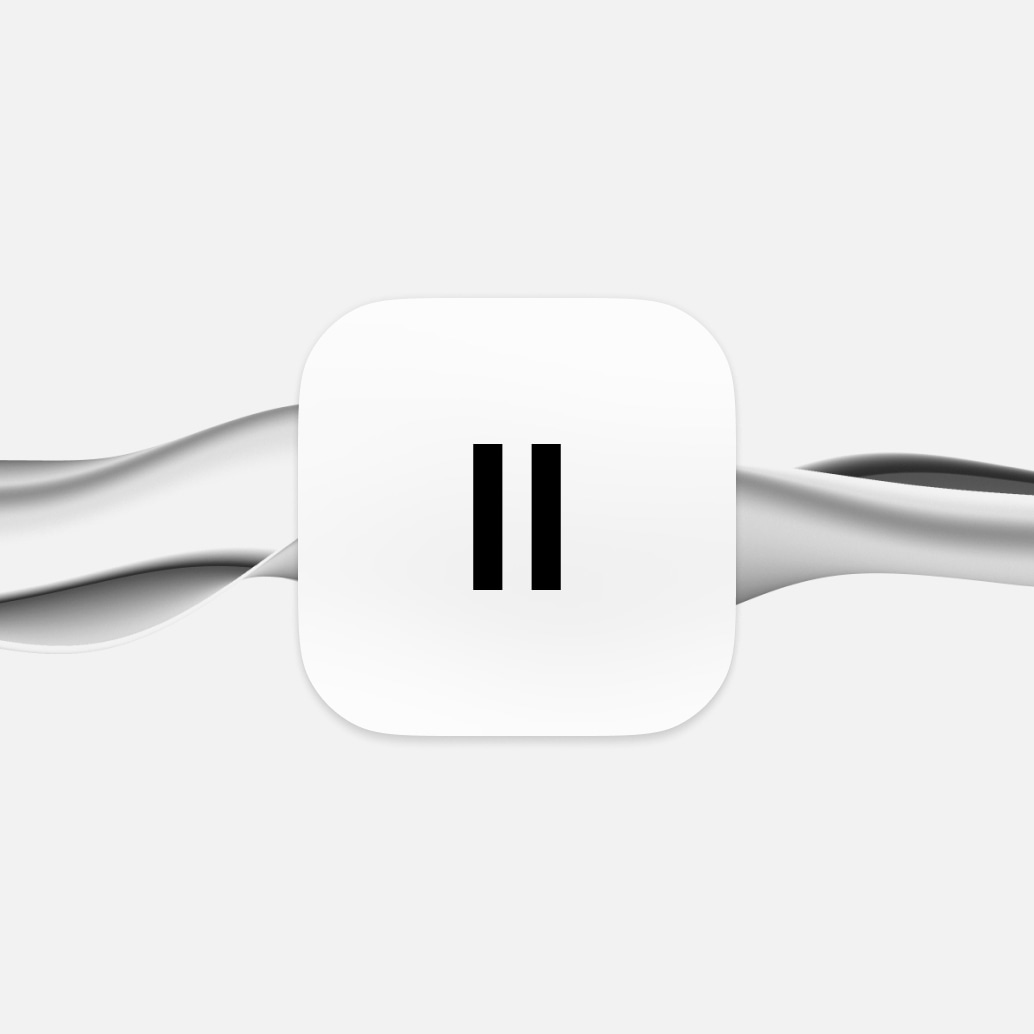
Utforska den fascinerande världen av språkljud med den Internationella fonetiska alfabetets (IPA) vokaltabell. Mer än bara symboler på en sida, detta språkliga verktyg är nyckeln till att låsa upp språkets uttalskomplexitet och fungerar som en bro mellan lingvistik och det växande området artificiell intelligens (AI).
Den här artikeln kommer att utforska vad tabellen är och vad den används till. Genom att titta på IPA-symbolerna på tabellen kommer vi att analysera hur man använder tabellen för språkinlärning och hur ett ljudklipp på en interaktiv IPA-tabell kan underlätta förståelsen. Slutligen kommer vi att se hur ElevenLabs text-to-speech AI-plattform kan hjälpa till med språkutveckling, genom att förvandla transkriptioner till levande tal, allt genom kraften av den senaste banbrytande teknologin.
Viktiga punkter
- IPA Vokaltabellen är ett interaktivt verktyg utvecklat av den Internationella fonetiska föreningen för att representera standardiserade vokalsymboler.
- Den identifierar tre huvudkategorier av vokaler: främre, centrala och bakre, var och en kännetecknad av distinkta munpositioner och ljuduttal.
- Den interaktiva IPA Vokaltabellen erbjuder ljudinspelningar för att hjälpa till med uttalsövning, vilket kan komplettera användningen av ElevenLabs text-to-speech-teknologi för kraftfull språkinlärning.

En introduktion till IPA vokaltabellen
Den Internationella fonetiska föreningens (IPA) vokaltabell är en karta för språkforskare, som hjälper dem att upptäcka den stora mångfalden bland talade språk. Genom att erbjuda både visuella och ljudfiler som exempel, hjälper detta interaktiva verktyg användare att förstå fonetiska symboler för att exakt representera vokalljud över olika skrivna språk, inklusive franska, engelska, spanska och fler.
Vokaler som [a], [e], [i], [o] och [u] är bekanta för europeiska språktalare som spanska eller italienska men kan vara mindre vanliga i asiatiska språk eller i inhemska språk. Att använda IPA-tabellen ger en standardmetod för ljudkommunikation över språk, vilket gör uttal lättare för nya språkinlärare. Varför kan inte språkinlärare bara läsa de nya orden? Om du någonsin har lärt dig ett språk vet du att det inte är så enkelt. Vissa språk använder olika bokstavsformer för att representera olika ljud, medan andra kan använda ett helt annat alfabet eller tecken.
IPA-symbolerna eliminerar detta problem genom att tillhandahålla en universell tabell över ljud som kan tillämpas på vilket språk som helst i världen. Oavsett om det är franska eller latin, spanska eller kantonesiska, hjälper IPA-tabellen lingvister och språkinlärare att beskriva ljuden av ord i ett universellt format.
Strukturen av IPA vokaltabellen
IPA-tabellen är ett ovärderligt tillskott till språkstudier, med symboler som exakt avbildar olika vokalljud från det Internationella fonetiska alfabetet. Genom att använda termer som 'nära', 'öppen', 'mitten' och så vidare, organiserar tabellens visuella representationer artikulationer på ett sätt som speglar hur de produceras inom mänskliga röstkanaler - inklusive icke-pulmoniska konsonanter.
Tabellen visar grafiskt skillnader mellan olika ljudande vokaler med noggrannhet angående deras fysiska produktionsform genom ljudvibrationer som sänds ut från stämbanden, eller, på lekmannaspråk, hur din mun och hals måste röra sig för att exakt göra det beskrivna ljudet.
Vokaler uppdelade: främre, centrala och bakre
IPA-tabellen tilldelar distinkta sektioner för vokalljud, som är grunden för språkljud. De är ordnade på tabellen i den ordning som din mun måste röra sig för att representera dem. Försök läsa följande exempel och se själv hur din mun och dina stämband måste röra sig.
På vänster sida finns främre vokaler som involverar att skjuta artikulationer framåt mot munnen. Engelska ord inkluderar ‘see’ och ‘sit’.
Centrala vokalpositioner betecknar ett avslappnat tillstånd med en orundad uppsättning läppar och tunga i mittplacering i munhålan - tänk på ‘but’ eller ‘her.’
Slutligen presenteras bakre vokaler när du höjer tungan till den mjuka gommen samt rundar upp dina läppar - exempel kan hittas i ord som ‘boot’ eller ‘go.’
Rundhet och spändhet: ytterligare vokalfunktioner
Men det är inte bara var dessa vokaler formas i munnen som påverkar ljudet du gör. IPA vokaltabellen ger oss en tydlig förståelse för hur små skillnader som rundhet och spändhet i vokaler kan generera en rad ljud för att skapa olika ord.
Specifikt är rundning relaterad till formen läpparna tar när man artikulerar vissa vokalljud, vilket resulterar i mer framträdande och utskjutande ljud. Exempel inkluderar ‘o’-ljudet som finns i ord som ‘note’ och ‘oo’ för ord som ‘look’, tillsammans med ‘u’ som hörs när man säger ord som rule eller boot. Rundad vokalisering förekommer också ibland med bokstavskombinationen w-e-l-l (well). Spända vokaler, å andra sidan, tillskrivs högre muskelspänning under produktionen, medan slappa kräver mindre ansträngning.
Navigera den interaktiva IPA vokaltabellen
Nuförtiden är IPA vokaltabellen inte längre bara statisk. Den interaktiva IPA-tabellen låter användaren experimentera med ljud, höra ett ljudklipp av det perfekta uttalet. Genom att klicka på varje symbol får användare tillgång till en ljudinspelning av hur individuella vokaler låter. Detta gör det enkelt att öva uttal från denna språkliga karta, underlättar imitation och ger en tydlig, hörbar skillnad mellan ljuden och symbolerna.
Så, var finns ett sådant verktyg tillgängligt? Pålitliga alternativ inkluderar ipachart.com, webbplatser som drivs av den Internationella fonetiska föreningen och institutioner som lingvistikavdelningar vid universitet, som också kan erbjuda resurser för studenter.
I verkliga livet kan uttal skilja sig åt på grund av personliga talstilar eller dialektspecifika språkvarianter som inte nödvändigtvis följer vad som har specificerats på den interaktiva IPA Vokaltabellen. Interaktiva ljudfiler är inte alltid korrekta, och regionala och kulturella variationer kan innebära att ljuden i ett ljudklipp inte är ofelbara. Kom ihåg att det är viktigt att söka förtydligande angående ljud och dialekt från pålitliga källor och infödda talare som vet bäst om sitt eget språk.
Utvecklingen av IPA Vokalsymboler
IPA vokaltabellen är en dynamisk enhet som har modifierats genom åren sedan dess start 1886. Från början baserad på det romerska alfabetet, har många av dess symboler behövt ändras för att mer exakt avbilda varje unikt ljud som produceras av människor vokalt när fler inhemska språk förstås av västerländska akademiker.
Historiska milstolpar för IPA vokaltabellen
Utvecklingen av IPA vokaltabellen speglar en historia av språkframsteg. Den introducerades först 1886 och har sedan dess reviderats regelbundet för att ge en korrekt avbildning av vokalljud.
År 1897 bildade Paul Passy (en fransk lingvist) den Internationella fonetiska föreningen tillsammans med brittiska språklärare. Denna förening spelade en viktig roll i att forma IPA-tabellen som vi känner den idag.
Löpande modifieringar har ägt rum under dess livstid, och förändringar görs regelbundet av lingvistikproffs för att säkerställa att tabellen förblir lika relevant idag som den var för 150 år sedan.
Hålla sig uppdaterad med den senaste versionen
Att hålla sig bekant med den mest uppdaterade utgåvan av IPA vokaltabellen är nödvändigt för lingvister och ivriga språkinlärare. När förändringar görs av den Internationella fonetiska föreningen (IPA), meddelar de och specificerar dem på sin officiella webbplats.
Att hålla sig medveten om aktuella utvecklingar säkerställer att du har tillgång till en exakt avbildning av språkljud från en pålitlig källa som IPA-tabellen.
Förbättra språkinlärning med ElevenLabs text-to-speech
IPA vokaltabellen är bara ett verktyg i en lingvistikbälte när det gäller att lära sig språk och förbättra uttal. Nu, med födelsen av otroliga AI-verktyg som ElevenLabs, har det aldrig varit enklare att lära sig ett språk online, med hyperrealistiska flerspråkiga röster tillgängliga med ett knapptryck.
ElevenLabs AI text-to-speech (TTS) funktionalitet underlättar uttalsövning, vilket gör att du kan höra de korrekta intonationerna och förfina dina egna talförmågor. På detta sätt hjälper vår TTS till att förbättra hörförståelsen genom att exponera dig för olika accenter, talmönster och ordförråd i ditt målspråk.
Oavsett om du studerar lingvistik, vill lära dig ett nytt språk eller bara har en fascination för språk och tal, är ElevenLabs för dig. Med en gratis plan tillgänglig och månadsabonnemang från bara $5/månad, kan du prova olika röster, översätta innehåll eller till och med klona din egen röst för att tala felfritt på andra språk. Registrera dig för ElevenLabs nu, och börja använda vår otroliga TTS-funktionalitet idag.
Sammanfattning

Den Internationella fonetiska alfabetets vokaltabell är en oumbärlig guide för att förstå och bemästra språkets ljudkomplexitet.
Genom sin struktur, interaktiva funktioner och ständiga utveckling speglar den språkens komplexa, dynamiska natur, vilket gör det enkelt för språkinlärare att effektivt kategorisera, imitera och förstå de ljud som görs i mänskligt tal.
I framtiden, när AI blir allt viktigare, kommer IPA-tabellen och dess symboler att bli en oumbärlig del av att skapa artificiellt genererat tal som låter mänskligt. I våra egna laboratorier är IPA vokaltabellen ett verktyg som vi ofta hänvisar till när vi kategoriserar mänskliga ljud och använder ElevenLabs teknologi för att generera AI-ljud som låter otroligt verkligt.
Prova ElevenLabs idag och se själv hur IPA-symbolerna kommer till liv på flera språk i den senaste versionen av AI-genererat tal. Klona din egen röst, använd vår text-to-speech-teknologi eller till och med översätt och dubba en video, allt med ElevenLabs.Registrera dig gratis nu.
Vanliga Frågor
Hur många vokaler finns det på engelska?
Engelska består av fem vokalbokstäver - A, E, I, O och U - som representerar totalt cirka 20 olika vokalljud, även om bokstaven Y ibland kan ta den rollen också. Alla dessa vokaliseringar består av både monoftonger och diftonger.
Vad är den Internationella fonetiska alfabetets (IPA) vokaltabell?
Den Internationella fonetiska alfabetets vokaltabell erbjuder ett sätt att illustrera alla IPA-symboler för vokaler, var och en åtföljd av ett ljudexempel. Det interaktiva verktyget ger eleverna en idealisk metod för att uppleva och förstå dessa fonetiska ljud bättre.
Vad är en interaktiv IPA-tabell?
En interaktiv IPA-tabell är ett digitalt verktyg eller resurs som låter användare utforska och interagera med symbolerna i det Internationella fonetiska alfabetet, som representerar ljuden av mänskligt tal.
IPA innehåller inte bara engelska vokaler utan är snarare ett standardiserat system för att representera ljuden av talat språk, vilket ger en uppsättning symboler för att representera de olika talade ljuden som finns i språk runt om i världen.
Hur underlättar den interaktiva IPA vokaltabellen uttalsövning?
IPA vokaltabellen erbjuder ett praktiskt tillvägagångssätt för att förbättra uttal. Den hjälper genom att låta användare spela upp varje symbols respektive vokalljud, vilket gör det lättare för dem att bekanta sig med de korrekta vokalljuden.
Utforska artiklar av ElevenLabs-teamet

Eleven Music: new tools for exploring, editing and producing music with AI
Introducing a set of updates that expand what creators and developers can build with Eleven Music.

Building clinical-grade voice agents for Pharma
Increasing physician reach by 30% and cutting admin time by 10 hrs/week

